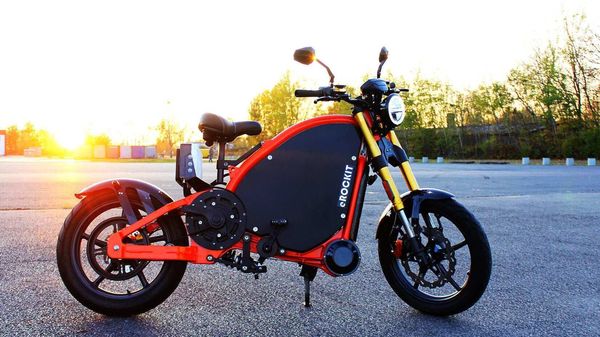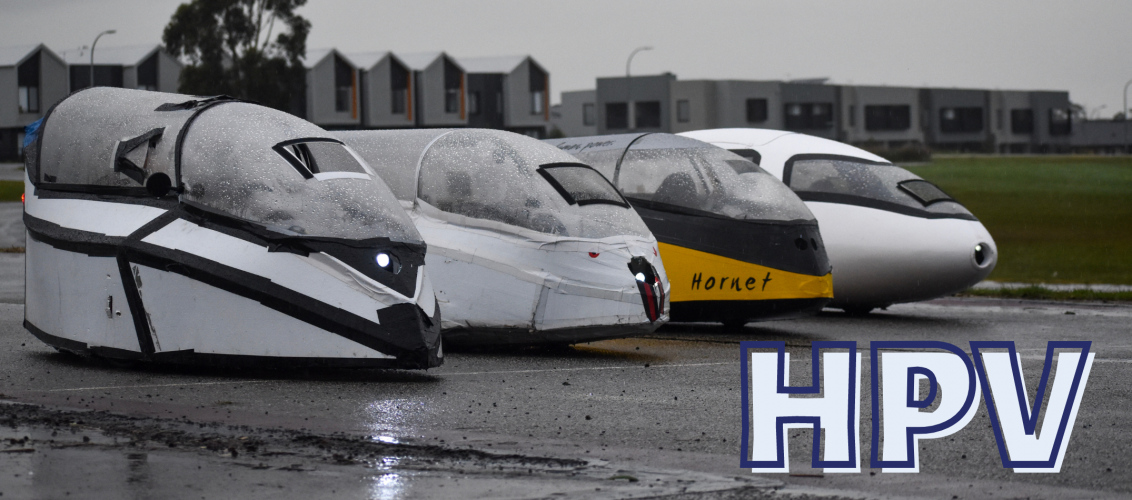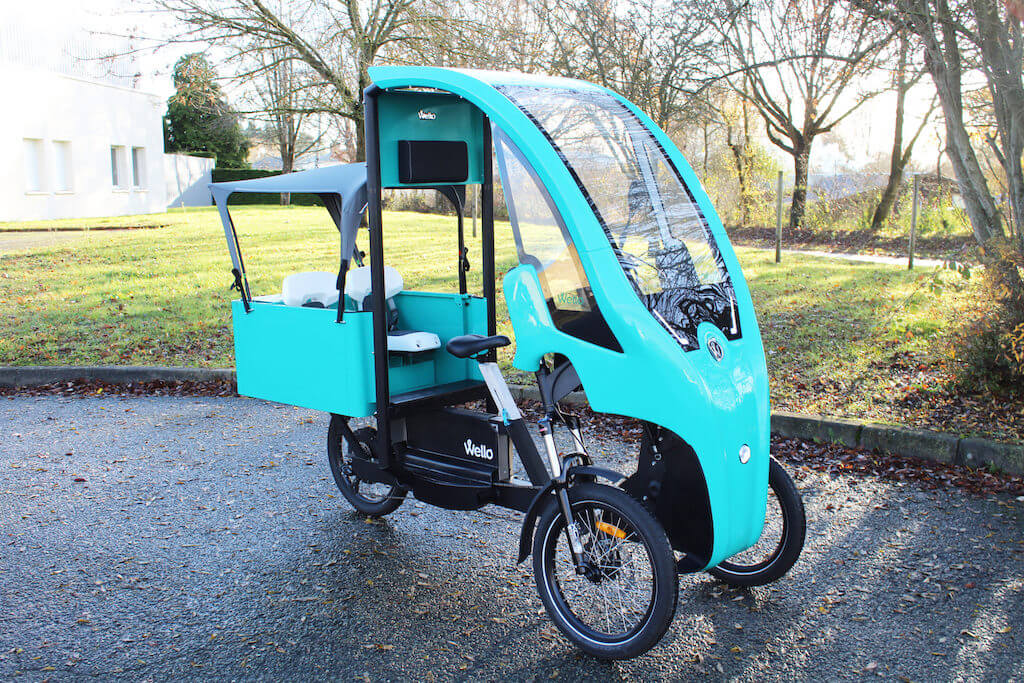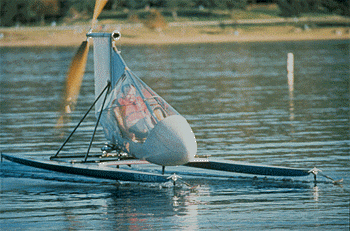User Ideas / Prospects

future prospects of human-powered vehicles, particularly focusing on new materials and designs, electric-assist technology, urban infrastructure improvements, and the environmental and economic impact of these developments. I'll also highlight some promising concepts currently in testing and development.
1. Electric-Assist Technology and Hybrid HPVs- Pedal-Assist Systems: These systems integrate a small electric motor that activates as the rider pedals, providing a boost. This approach allows for longer commutes and easier uphill rides, making human-powered transport more feasible in hilly cities and for less physically intensive travel.
- Hybrid Velomobiles: Hybrid velomobiles combine the aerodynamic efficiency of enclosed human-powered vehicles with electric-assist features. Designed to reach higher speeds with less exertion, they are especially practical for all-weather, year-round commuting.
- Battery Advancements: Lightweight, longer-lasting batteries are essential to making these hybrid systems viable. Developments in lithium-ion and, more recently, solid-state batteries could enhance the range and lifespan of electric-assist HPVs.

- Lightweight and Durable Materials: Modern materials like carbon fiber, Kevlar, and titanium make HPVs lighter, faster, and more robust. Carbon fiber is especially popular for high-end bicycles and velomobiles due to its high strength-to-weight ratio, though the cost remains a barrier for some applications.
- Streamlined Designs: Aerodynamic innovation has allowed for the creation of streamlined shapes that reduce air resistance, significantly increasing potential speeds. This is especially beneficial for velomobiles and recumbent bikes used in racing and endurance events.
- Sustainable Materials: Some designers are experimenting with sustainable materials, such as bamboo, for frames and components. Bamboo bikes are not only strong and lightweight but also eco-friendly and affordable, with a lower production impact than metal frames.
- Dedicated HPV Lanes: Many cities are building dedicated bike lanes or multi-use paths to accommodate HPVs. These lanes separate human-powered vehicles from motorized traffic, increasing safety and encouraging more residents to use HPVs.
- Bike-Share Programs: Bike-sharing systems, such as Citi Bike in New York or Vélib' in Paris, are expanding their offerings to include electric-assist bikes and cargo bikes. This makes HPVs accessible to more people and provides affordable options for short-distance trips.
- Policy Support: Cities and states are introducing incentives such as tax credits, subsidies, or grants to encourage the purchase of HPVs and electric-assist models. Programs aimed at reducing carbon footprints and promoting green transit often include provisions for HPVs.
- Carbon Emissions Reduction: With zero tailpipe emissions, HPVs can drastically reduce transportation’s impact on air quality and carbon emissions. They are also quieter, which can help reduce noise pollution, improving overall quality of life in urban environments.
- Affordable Mobility: Human-powered vehicles offer a cost-effective alternative to motorized vehicles. With lower operational and maintenance costs and no need for fuel, HPVs provide accessible transportation, especially in areas where car ownership might be economically challenging.
- Health Cost Savings: HPVs promote a more active lifestyle, which can reduce healthcare costs related to lifestyle diseases, such as obesity, diabetes, and cardiovascular issues. Cities that promote cycling and other human-powered transport modes often see significant public health benefits.
- Human-Powered Trains and Rails: There are concepts of small, pedal-powered rail vehicles that could be used on abandoned tracks or dedicated rail paths. These vehicles combine the efficiency of rail with human-powered mobility, potentially transforming unused rail networks into eco-friendly transit routes.
- Flying HPVs: Human-powered aircraft like the Daedalus and Gossamer Condor have demonstrated that sustained, albeit limited, flight is possible using human power. Future designs might integrate lightweight electric assistance, enabling short-range, eco-friendly flights.
- HPVs for Cargo and Freight: Innovations in cargo bikes and trikes are enabling the transport of goods in urban settings. With electric-assist options, these vehicles are helping to reduce delivery emissions in city centers and are especially promising for last-mile deliveries, where traditional trucks struggle with congestion.
- Infrastructure Gaps: While cities are improving HPV infrastructure, many places still lack sufficient lanes, storage, and repair facilities for bikes and similar vehicles.
- Affordability of Advanced HPVs: High-end HPVs with electric-assist and advanced materials can be cost-prohibitive, limiting access. As technology improves and demand grows, prices may decrease, but initial costs remain a challenge.
- Weather-Resistant Designs: Velomobiles offer a partial solution, but additional innovation in weatherproofing may be needed for widespread adoption, especially in areas with extreme climates.
The future of human-powered vehicles looks promising, particularly as technology, design, and urban infrastructure evolve. By combining human energy with advanced engineering and sustainable practices, HPVs could play a pivotal role in shaping an eco-friendly, health-conscious, and cost-effective transportation landscape. Whether for urban commutes, recreational activities, or even short-haul logistics, HPVs stand as a powerful tool in our transition toward greener and more sustainable cities.

Introduction to Human-Powered Vehicles
- Definition: HPVs are transport systems that operate solely on human muscle power. This category includes any vehicle in which human effort, typically pedaling, rowing, or pushing, drives the movement.
- History: Human-powered transportation dates back thousands of years, with early examples like foot-powered canoes or rafts. The modern era introduced bicycles, marking a revolution in efficient human-powered travel.
- Bicycles: The most common HPV, bicycles are globally popular for short-distance travel, exercise, and recreation.

- Recumbent Bikes: These are bikes where riders sit in a reclined position, offering greater aerodynamic efficiency and comfort for long rides.

- Velomobiles: These are enclosed, often streamlined bicycles with aerodynamic designs, popular for commuters and enthusiasts who seek speed and weather protection.

- Watercrafts: Kayaks, canoes, and paddleboards are human-powered options for water-based activities.

- Human-Powered Aircrafts: Though rare and experimental, these aircrafts are propelled by pedaling, with significant achievements like the flight of the Gossamer Albatross in 1979.
- Human-Powered Rail and Snow Vehicles: Examples include railbikes (bicycles adapted for railways) and pedal-powered snow vehicles.
- Environmental Impact: HPVs have a minimal carbon footprint, contributing to reduced greenhouse gas emissions and air pollution.
- Health and Fitness: Using HPVs increases physical activity, benefiting cardiovascular health, muscle tone, and mental well-being.
- Cost-Effectiveness: These vehicles require little to no fuel and have lower maintenance costs, making them affordable and sustainable.
- Traffic and Infrastructure: HPVs alleviate traffic congestion and have a low impact on infrastructure, as they require less space and maintenance.
- Physical Effort: HPVs require sustained physical exertion, which can be a barrier for longer distances, hilly terrains, or those with limited physical ability.
- Weather Dependency: Rain, snow, or extreme temperatures can make human-powered travel uncomfortable or dangerous, especially for open vehicles like bicycles.
- Speed and Range Limitations: While highly efficient, HPVs are slower than motorized vehicles, making them less suitable for long-distance or high-speed travel.
- Safety Concerns: HPVs, particularly bicycles, are vulnerable on roads, often lacking dedicated lanes and facing risk from motor vehicles.
- Electric-Assist Options: Adding electric motors for an extra boost, especially uphill, is becoming common. These hybrid systems are referred to as pedal-assist or pedelec vehicles.
- Advanced Materials and Design: Innovations in lightweight and durable materials, like carbon fiber, are creating faster, safer, and more comfortable HPVs.
- Urban Infrastructure: Cities are increasingly investing in HPV-friendly infrastructure, with expanded bike lanes, bike-sharing programs, and dedicated parking for increased accessibility.
Human-powered vehicles represent an innovative, sustainable, and healthy mode of transportation with a long history and promising future. As cities evolve to become more environmentally friendly and infrastructure improves, HPVs may play an even greater role in modern transportation.
